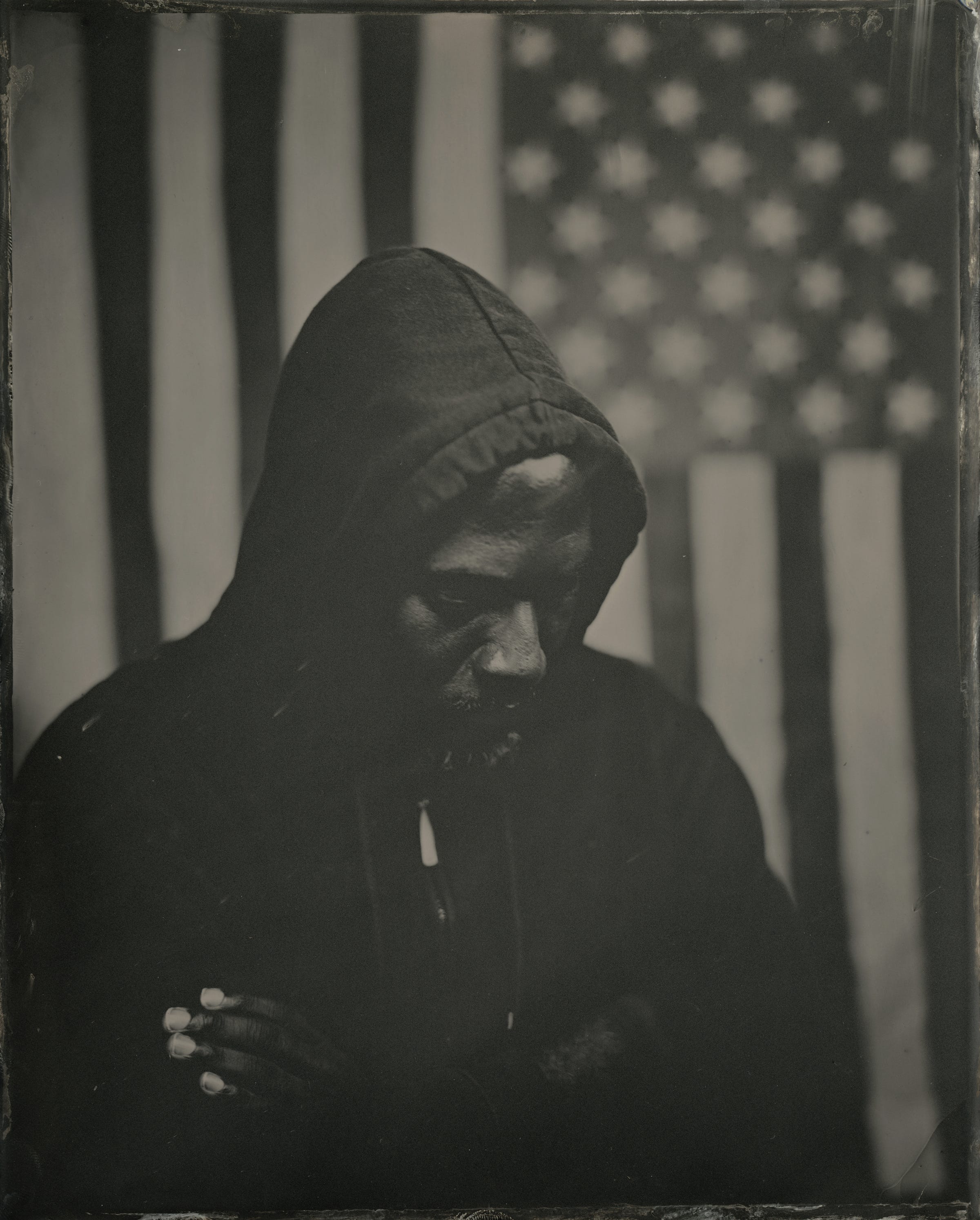On the eve of an election
Rashod Taylor's American pictures
“There are things in your life that only you will see, stories that only you will hear. If you don’t tell them or write them down, if you don’t make the picture, these things will not be seen, these things will not be heard.” — Emmet Gowin
On Saturday, we welcomed photographer Rashod Taylor to Madison to discuss his photography and background in pictures. It was a terrific time, and quite a few people came out. I’d say it was a success. It was moving, too.
I’m still thinking about Rashod’s lecture, which focused on his experience as a Black American — a twenty-first-century American who is an artist, a man, a son, and a father. Like all of us, Rashod contains multitudes. He’s a soulful, sensitive person who shared many insights about what it means to be a Black artist in America. There are many lessons to learn from the creative people in our midst if we can open our hearts and minds to their work. It’s easier to say than to do.
This fall, we exhibited prints from Rashod’s Little Black Boy series at the ArtLitLab. However, he opened his lecture with an overview of his tintype work and spoke extensively about a series of personal pictures focused on family, military service, and Black life. I’d seen these images before, but hearing Rashod talk about what it meant to make them made an impression on me. Here’s a bit from his statement to set the stage:
My America is an examination of what it's like to live in America as a Black man. The wet plate collodion process was first introduced in the 1850’s. I use this process to connect the past to the present and to explore the atrocities of slavery, Jim Crow, and the institutional and systematic racism that remains so tightly woven into the fabric of American society. The American Dream is founded on the idea that equality of opportunity is accessible to all people, but it is a dream that continues to be out of reach for a majority of Black Americans. By capturing the Black America I live in every day, I hope to shed light on what people unfamiliar with Black lives either don’t want to see or refuse to acknowledge.
You can read Rashod’s full statement and see his My America series on his website. These are beautiful images filled with meaning. Please check him out.
Photographs only tell us part of the story, but they’re meaningful because they provide a window into worlds we might otherwise overlook or ignore. If we’re lucky, looking can yield awareness about ourselves and, more importantly, someone else. These are obvious statements, but they’re worth remembering, especially on the eve of this consequential U.S. Presidential Election.
I’ve been thinking about America a lot lately. Honestly, I can’t tell where it’s going. That frightens me sometimes, and I worry about its future. Looking at Rashod’s pictures on Saturday reminded me that our elections can’t only be about individual benefit. It’s too easy to vote with only our interests in mind. But I really believe we need to think about the greater good and the collective benefits of a system that provides for everyone when we vote. Of course, I’m liberal. I’ll vote for Kamala Harris tomorrow and hope you will, too. Every vote counts, and this election will be close.
I don’t talk about politics here often, but I like to share my thoughts with you, and I hope you appreciate them. Thanks again for joining us, Rashod. Thanks to PhotoMidwest for sponsoring these events. And thanks to everyone who attended Rashod's portraiture workshop and heard his lecture on Saturday.
Take care, friends, and be well. I’ll see you on the other side.







So meaningful, especially on this important Election Day. Beautiful photography, speaks to us.
Andy--your personal witnessing for both Taylor and for the election today is appreciated. And necessary. Never has the need to speak up, whether about art or politics or some 'other', been greater. I look forward to seeing you bring more strong image-makers to Madison, and to further these conversations.